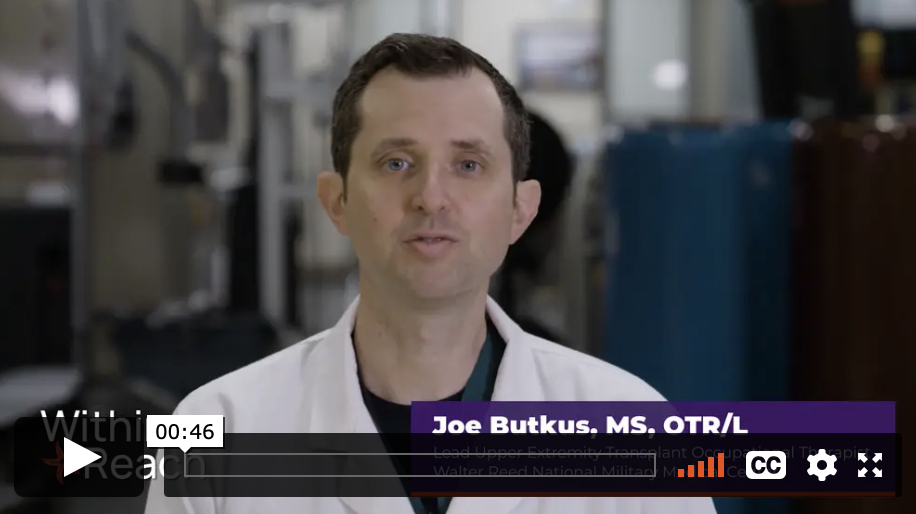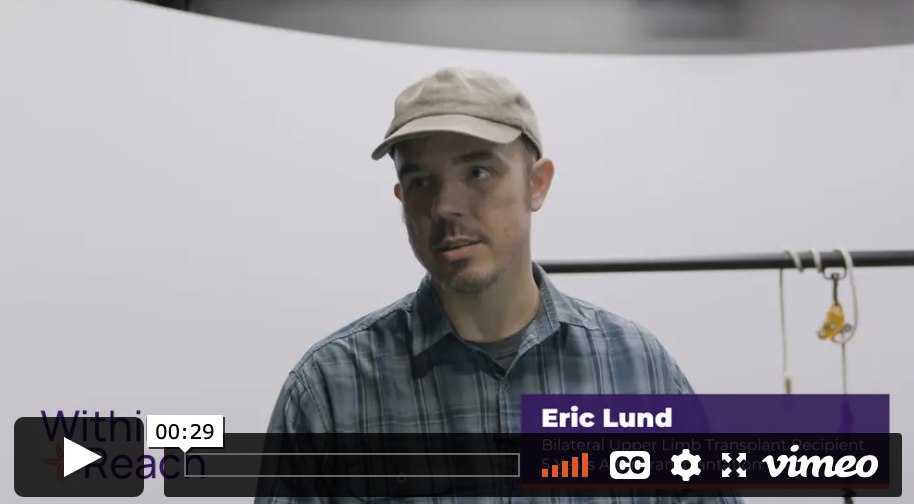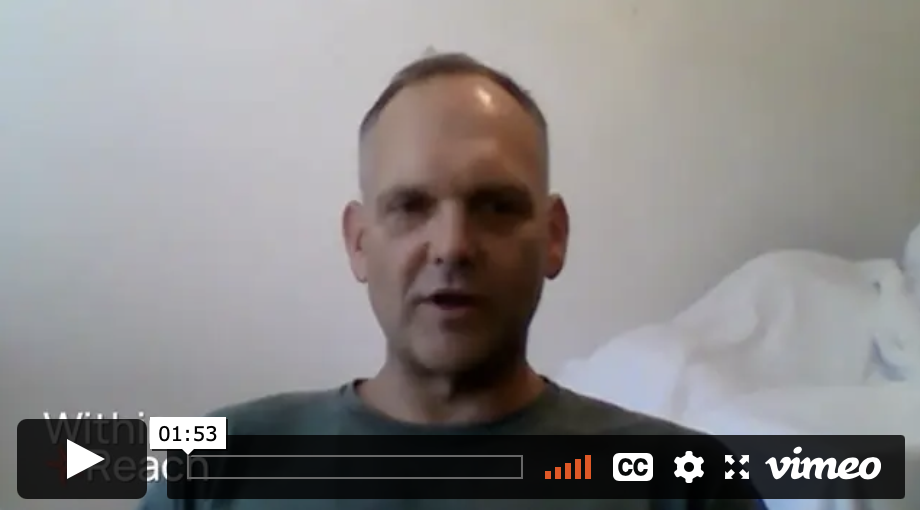To Regain Hand Functions, Hand/Arm Transplant Recipients Must Go Through a Long Process of Rehabilitation:
Rehabilitation experiences will vary widely in content and timeline.¹
The rehabilitation team begins working with the recipient within 2 to 7 days after the surgery, and the recipient continues hand therapy for anywhere from months to a few years after the transplant.¹
The duration of rehabilitation depends on whether the amputation and transplant are below or above the elbow because this affects how much distance the nerves must regrow.
Clinical and functional outcomes depend strongly on the recipient’s active participation in rehabilitation, so recipients should commit themselves fully during this time.¹
“
“It’s very different having to relearn, right? Because you learned with the prosthetic, and you got that down, and now you’ve got these arms back and you kind of got to relearn how to use them”
- John Peck, a 31-year-old retired marine who received a double arm transplant
Source: CBS News: Marine vet hopes to fulfill "lifelong dream" after double arm transplant













